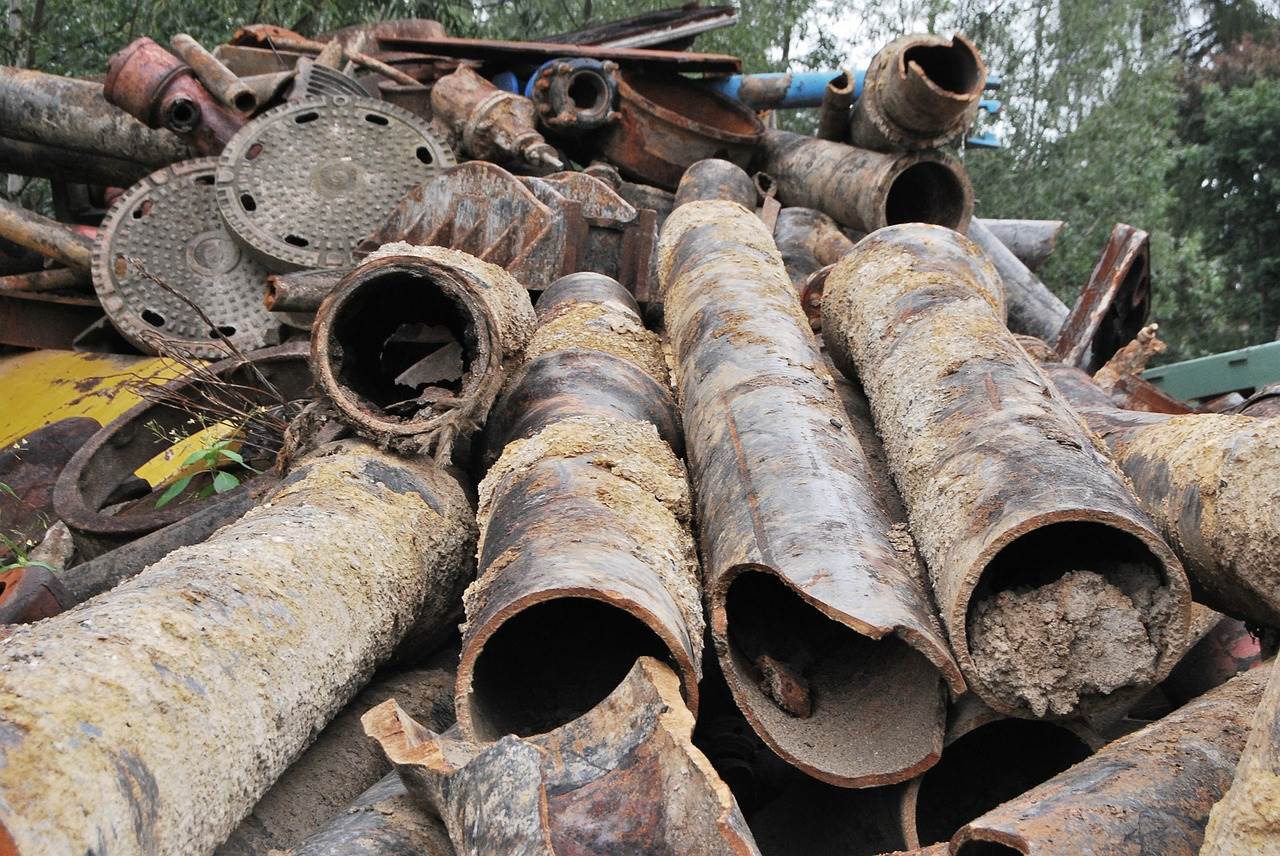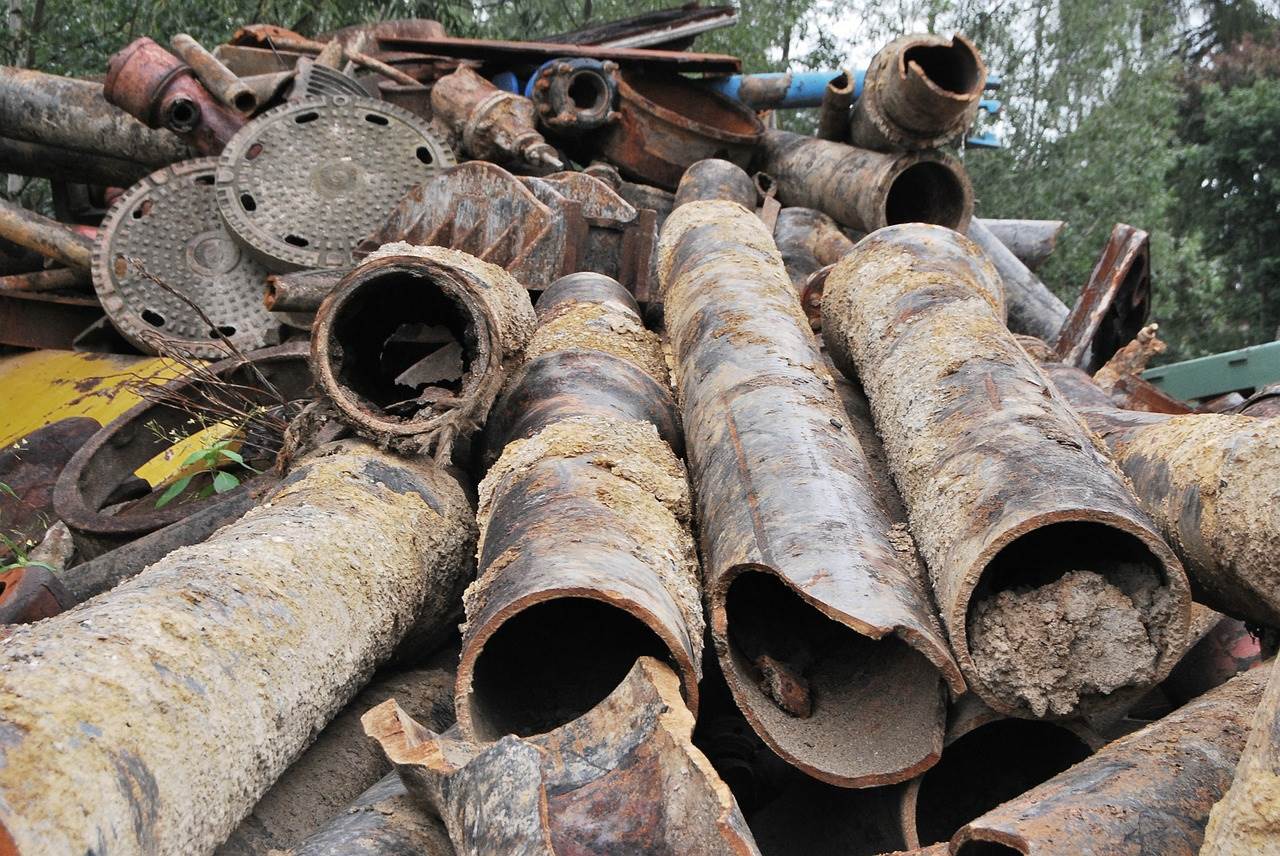
New Regulations in Force Concerning the Energy Performance of Existing Non-Domestic Buildings.
Date: 01/09/2016 | Energy & Natural Resources, Environmental, Blogs
The Assessment of Energy Performance of Non-domestic Buildings (Scotland) Regulations 2016 come into force today, 1 September 2016, and are one of the latest measures brought in by the Scottish Government aiming to reduce Scotland’s carbon footprint.
Whilst new buildings are already subject to strict energy efficiency requirements, existing buildings have, until now, escaped further regulation, despite reportedly contributing an estimated 40% of the UK’s carbon emissions.
Here’s a brief guide to the new Regulations:
Who is responsible? Building Owners
Liability under the regulations falls to the owners of non-domestic buildings in Scotland, and transfers on the sale of a building. Whilst landlords may seek to pass responsibility onto tenants, particularly in the case of long-term lets, the ultimate responsibility under the legislation remains with the owner.
When are they triggered? Prior to the Sale or Lease of a Building
The obligations are triggered immediately prior to the sale of a qualifying building, or a lease to a new tenant – which is the case for the production of an Energy Performance Certificate (“EPC”). However, the sale or lease of a building before construction has been completed, lease extensions, and leases for less than 16 weeks, do not trigger the requirements.
They apply to buildings with a floor area of 1,000m² or more which are already subject to the requirement to provide an EPC, unless the building already meets energy standards equivalent to the 2002 building regulations for new buildings.
What do they require? Assessment and Improvement
Building owners must have an assessment carried out by a registered ‘Section 63 Advisor’ (who must also be a non-domestic EPC assessor) and produce an Action Plan prior to marketing the building for lease or sale.
The Action Plan should set out specific energy and emission improvement targets and consider a number of measures listed in the Regulations such as draught stripping doors and windows, roof insulation, and low energy lighting.
Following the preparation of an Action Plan, a building owner may either: (a) complete the improvement works identified in the Action Plan, within three and a half years or (b) defer completion of those works and instead report on the annual operational ratings of the building by displaying an annual Display Energy Certificate.
Local authorities are responsible for enforcing the new Regulations and they are entitled to impose penalties of up to £1000 for non-compliance.
What does it mean?
Whilst the threat of enforcement action may not compel owners of significant property portfolios, the Scottish Government has indicated it will continue to strive towards ambitious carbon emission targets. On that basis, the somewhat modest measures in the current regulations may well be strengthened in the future.
The improvements required for some existing non-domestic buildings may be substantial and costly, and whilst the Regulations recognise that for some building owners compliance is a major undertaking (by allowing for deferral and annual reporting of energy savings, for example by way of behavioural change) one way or another the energy efficiency of commercial properties is no longer a matter of corporate social/environmental responsibility but also a compliance issue. Even where immediate improvements are not necessary, all building owners would be well advised to assess and incorporate energy efficiency improvements in their planning.
In particular, investors and property owners who are considering a purchase or sale of a qualifying building will require to check the Action Plan produced in order to consider the extent and value of any improvement works required, and any impact that may have on a proposed deal.
If you are a commercial landlord, or tenant, and you believe you may be affected by the new regulations or if you have any questions regarding this article, please don’t hesitate to get in touch. You can contact me on 0131 625 9191 or via email, twitter or linked-in.

















































































